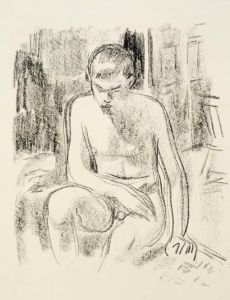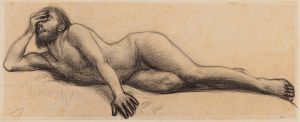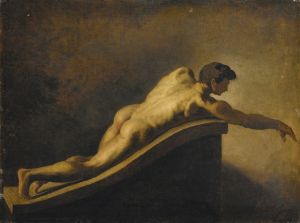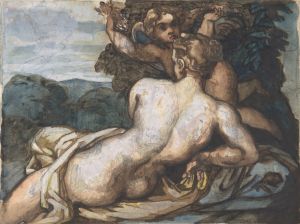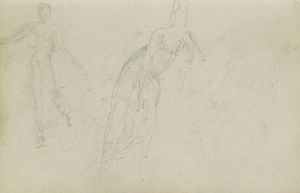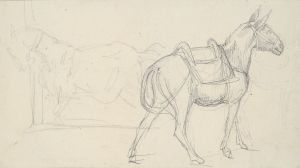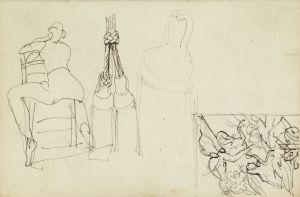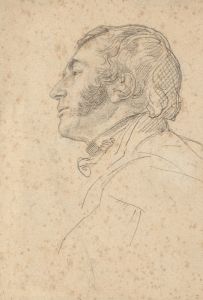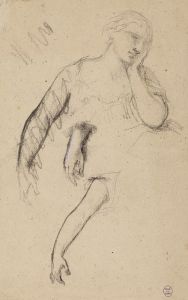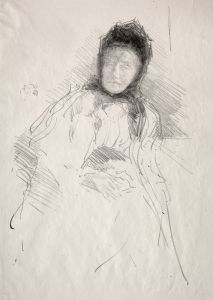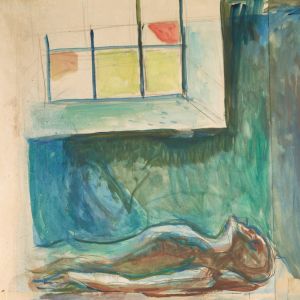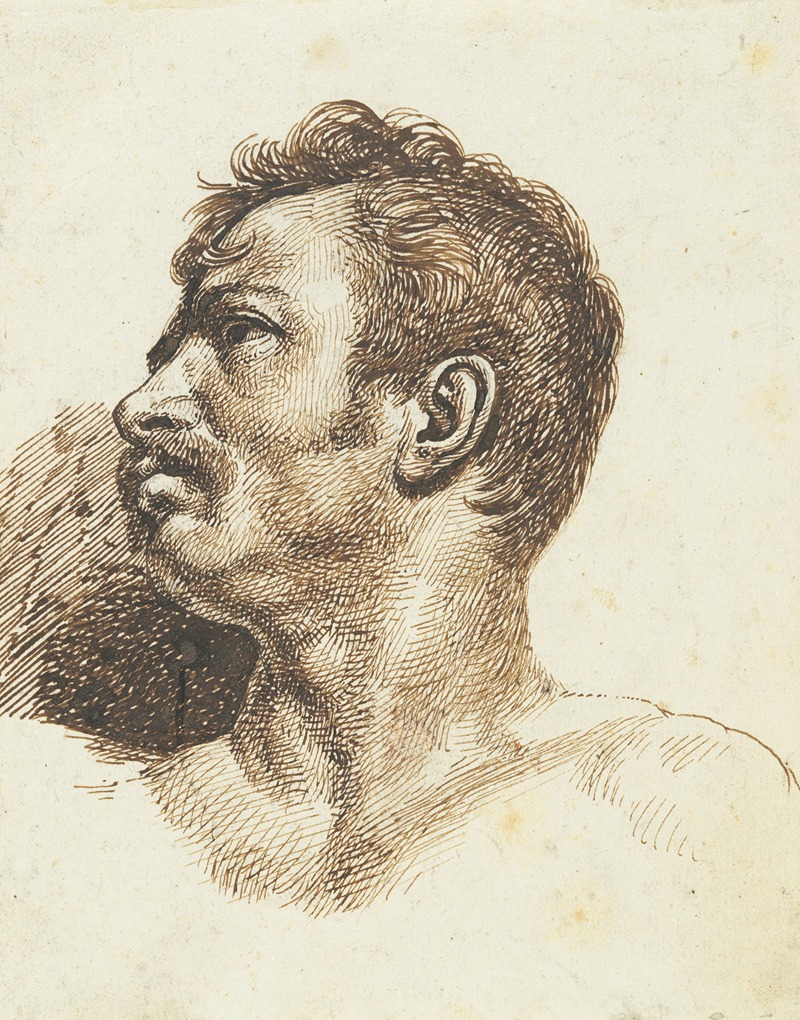
Head of a Man
A hand-painted replica of Théodore Géricault’s masterpiece Head of a Man, meticulously crafted by professional artists to capture the true essence of the original. Each piece is created with museum-quality canvas and rare mineral pigments, carefully painted by experienced artists with delicate brushstrokes and rich, layered colors to perfectly recreate the texture of the original artwork. Unlike machine-printed reproductions, this hand-painted version brings the painting to life, infused with the artist’s emotions and skill in every stroke. Whether for personal collection or home decoration, it instantly elevates the artistic atmosphere of any space.
"Head of a Man" is a painting by the renowned French artist Théodore Géricault, who is best known for his masterpiece "The Raft of the Medusa." Géricault was a pivotal figure in the Romantic movement, and his works often reflect a deep interest in human emotion and the complexities of the human condition. "Head of a Man" is a compelling example of his skill in portraiture and his ability to convey intense psychological depth.
The painting is believed to have been created during the early 19th century, a period when Géricault was deeply engaged in exploring themes of suffering, madness, and the human psyche. This interest was partly fueled by his own experiences and the tumultuous socio-political climate of post-revolutionary France. Géricault's fascination with the human form and expression is evident in "Head of a Man," where he focuses on capturing the raw, unfiltered emotion of his subject.
"Head of a Man" is characterized by its dramatic use of light and shadow, a technique that Géricault mastered to enhance the emotional impact of his work. The painting features a close-up view of a man's face, with particular attention given to the eyes, which are often described as haunting and deeply expressive. This focus on the eyes is a hallmark of Géricault's portraiture, as he believed they were the windows to the soul and could convey a wide range of emotions.
The subject of the painting is depicted with a rugged, somewhat disheveled appearance, which adds to the intensity and realism of the portrait. Géricault's brushwork is both precise and dynamic, capturing the texture of the man's skin and hair with remarkable detail. The use of a limited color palette further emphasizes the stark contrast between light and dark, drawing the viewer's attention to the subject's face and the emotions it conveys.
While specific details about the identity of the man in the painting are not well-documented, it is known that Géricault often used a variety of models for his studies, including individuals from diverse backgrounds and social classes. This practice was part of his broader effort to depict the full spectrum of human experience, from nobility to the marginalized.
"Head of a Man" is a testament to Géricault's ability to capture the essence of his subjects with both empathy and realism. The painting is a reflection of his broader artistic goals, which sought to challenge the conventions of his time and push the boundaries of traditional portraiture. Through works like this, Géricault laid the groundwork for future generations of artists who would continue to explore the depths of human emotion and the complexities of the human condition.
Today, "Head of a Man" is appreciated not only for its technical mastery but also for its emotional resonance. It serves as a powerful reminder of Géricault's enduring legacy as a pioneer of the Romantic movement and a master of capturing the intricacies of the human spirit.





